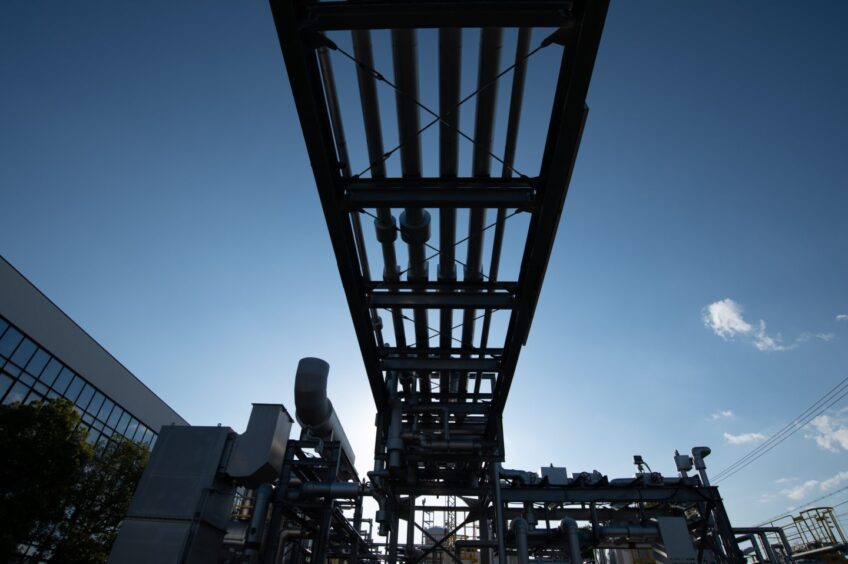
UK-based Wild Hydrogen has announced that it is launching a crowdfunding campaign, using the Republic Europe platform, to raise funds for a carbon-negative hydrogen prototype project.
In a November 5 announcement, the company said it was targeting funds of £6m in its third seed round and that it was already backed by £2.3m in cornerstone investments. The existing investors have not been disclosed.
The fundraising is aimed at scaling Wild Hydrogen’s proprietary Rising Pressure Reformer (RiPR) technology, which converts wet biogenic materials into carbon-negative hydrogen fuel, bio-methane and biochar, while capturing carbon dioxide (CO2) directly.
According to the company, this differentiates its output from grey and blue hydrogen, as both are largely derived from fossil fuels, while being more affordable and efficient than green hydrogen.
Wild Hydrogen said the technology could be deployed in hard-to-abate industries such as construction, steel production, shipping, farming and the manufacture of carbon-negative products.
“Our mission is clear, to bring a truly carbon-negative, scalable hydrogen solution to industries globally,” stated Wild Hydrogen’s CEO, James Milner.
“This campaign propels us closer to that vision, paving the way for a net-zero future where affordable, clean hydrogen can be used to power manufacturing, HGVs and even commercial aircraft.”
Milner also described private investment as being “essential to fully unlock hydrogen’s potential” and accelerate the transition to net zero emissions.
His comments came shortly after the UK’s nascent clean hydrogen industry also received a boost via the Autumn Budget, in which £3.7b of government funding was earmarked for hydrogen and carbon capture projects in 2025-26.
Hydrogen revolution
Wild Hydrogen’s chairman, David Gammon, described the company’s method of generating hydrogen as “completely revolutionary”. He expressed confidence over the company’s ability to deliver in terms of design, manufacturing, construction and business model thanks to the expertise of the team the company has assembled.
Wild Hydrogen also pointed to collaborations with the Hydrogen Innovation Initiative, Cranfield University and Helical Energy in its announcement, saying these “bolster its technological advancement and market readiness”.
The company’s website also lists several other parties that it is collaborating with.
The collaborations are taking place across a range of areas, including the design and construction of Wild Hydrogen’s prototypes, feedstock and the eventual deployment of its technology.
The company intends to use the cash raised via the crowdfunding round for three main purposes – for its commercial demonstrator project, for research and development (R&D) and for operational expansion and talent acquisition.
Within these areas, it is planning to finalise the 1MW commercial prototype in Easington, near Stroud, with the aim of validating RiPR technology and enabling future partnerships.
It intends to carry out R&D work on enhancing RiPR, optimising carbon capture and expanding feedstock possibilities. And it is planning to build infrastructure and recruiting expertise in engineering and business development.
In an earlier announcement from October 30, Wild Hydrogen said that successfully launching the demonstrator would be expected to pave the way for larger units using its technology, with capacities ranging from 5MW to 100MW.
Wild Hydrogen said the campaign’s pre-registration was open, with this due to be followed by a private launch and a public campaign on November 13.
Recommended for you
